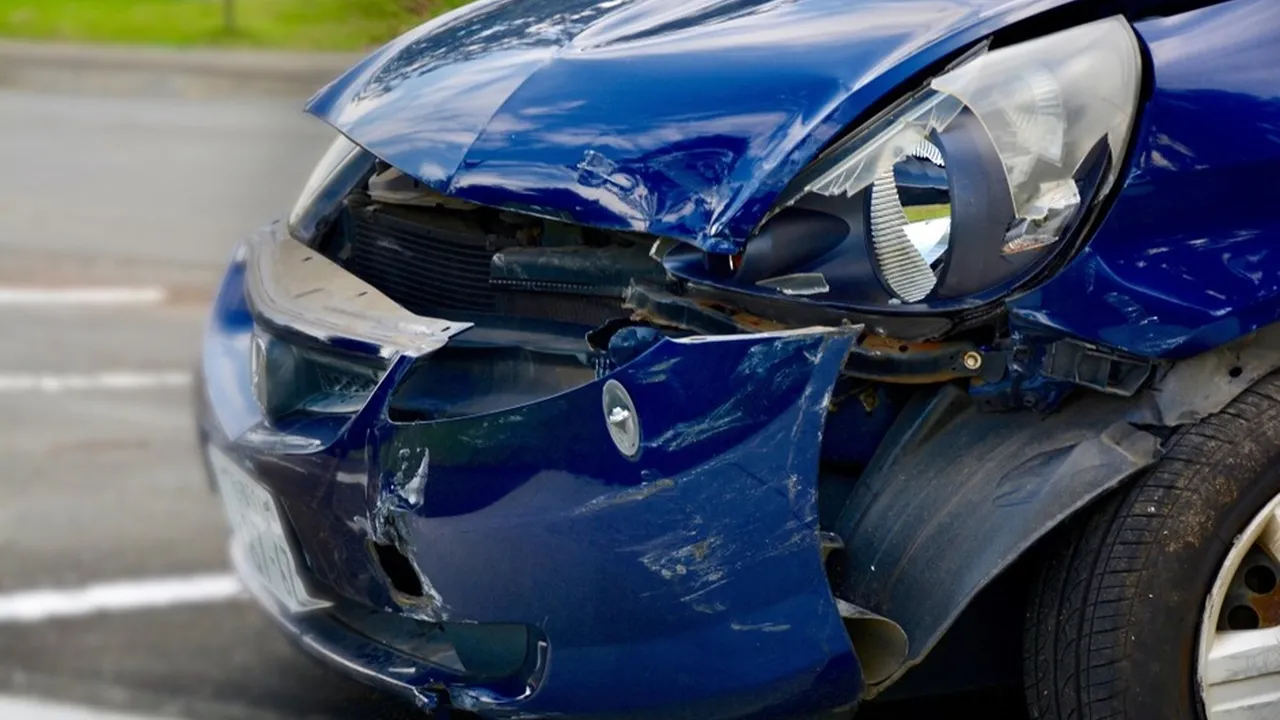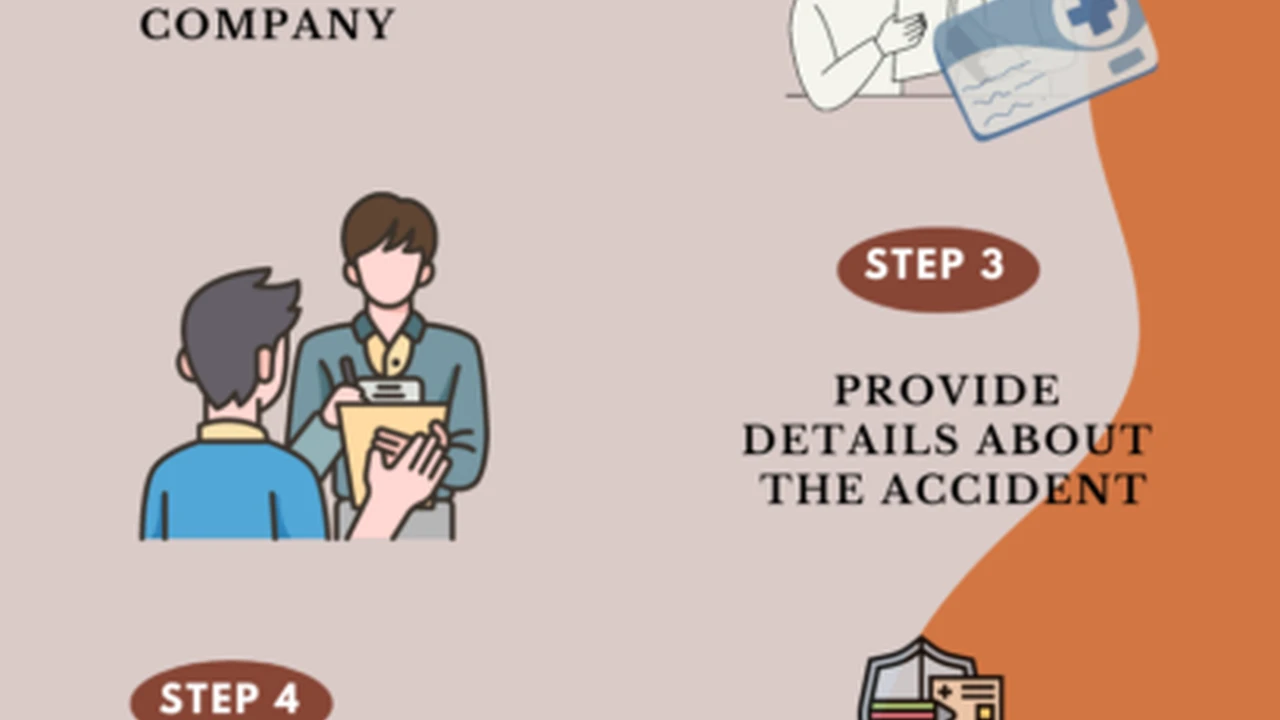Comprehensive vs. Collision Coverage: What's the Difference?

Understanding Comprehensive Coverage Car Insurance A Detailed Explanation
Okay, let's break down comprehensive coverage. Think of it as protection against things that *aren't* collisions. We're talking about stuff like:
- Theft: Your car gets swiped? Comprehensive covers it.
- Vandalism: Someone keyed your ride? Comprehensive is your friend.
- Fire: Uh oh, engine fire? Covered.
- Natural Disasters: Hail, floods, tornadoes – you name it, comprehensive generally covers it.
- Falling Objects: Tree branch lands on your hood? Yep, comprehensive.
- Animal Damage: Deer jumps in front of your car? Comprehensive usually covers the repairs.
- Glass Breakage: Crack in the windshield? Comprehensive often covers repair or replacement.
Basically, if something happens to your car that *isn't* a collision with another vehicle or object, comprehensive is likely what you'll use. It's the "everything else" coverage. Your deductible applies, of course, but it can save you a boatload of money in the long run.
Exploring Collision Coverage Car Insurance When Accidents Happen
Now, let's talk collision coverage. This is where you're protected when your car *collides* with something. This includes:
- Car Accidents: You rear-end someone, someone rear-ends you, you t-bone someone – collision covers the damage to *your* car, regardless of who's at fault. (Liability coverage handles damage to the other person's car if you're at fault).
- Hitting an Object: You swerve to avoid a squirrel and hit a telephone pole? Collision covers it.
- Single-Car Accidents: You lose control on an icy road and crash into a guardrail? Collision covers it.
The key here is that *impact* is involved. If your car gets damaged in a collision, collision coverage is what you'll use. Just like comprehensive, your deductible applies.
Comprehensive vs Collision Coverage A Side by Side Comparison
Let's put these two head-to-head to really highlight the differences:
| Feature | Comprehensive Coverage | Collision Coverage |
|---|---|---|
| What it covers | Damage *not* caused by collisions (theft, vandalism, weather, etc.) | Damage caused by collisions with other vehicles or objects |
| Examples | Hail damage, stolen car, broken windshield | Car accident, hitting a tree, running into a parked car |
| Deductible | Applies | Applies |
| Is it required? | Generally not required by law, but lenders may require it if you have a car loan. | Generally not required by law, but lenders may require it if you have a car loan. |
See the difference? One's for collisions, the other's for almost everything else.
Why You Need Both Comprehensive and Collision Coverage Car Insurance Benefits
While neither comprehensive nor collision coverage is *legally* required in most states (beyond the minimum liability coverage), they're often *strongly* recommended, especially if:
- You have a car loan: Your lender will likely require both to protect their investment.
- Your car is relatively new or valuable: The cost to repair or replace it after an accident could be significant.
- You live in an area prone to severe weather: Hail, floods, and hurricanes can cause major damage.
- You live in an area with high rates of theft or vandalism: Comprehensive coverage can provide peace of mind.
- You drive frequently in areas with high accident rates: Collision coverage is a good idea if you're more likely to be involved in an accident.
Think of it as financial protection. Can you afford to replace your car out-of-pocket if it's totaled in a hailstorm or a car accident? If not, comprehensive and collision coverage are worth considering.
Understanding Deductibles for Comprehensive and Collision Coverage Car Insurance Costs
Both comprehensive and collision coverage come with a deductible. This is the amount you pay out-of-pocket before your insurance kicks in. Common deductible amounts are $250, $500, and $1000.
Higher Deductible = Lower Premium: Choosing a higher deductible will lower your monthly insurance premium. This is because you're taking on more of the financial risk yourself.
Lower Deductible = Higher Premium: Choosing a lower deductible will increase your monthly insurance premium. This is because your insurance company is taking on more of the financial risk.
The right deductible amount depends on your individual circumstances and risk tolerance. Consider how much you can comfortably afford to pay out-of-pocket if you need to file a claim.
Choosing the Right Coverage Levels for Comprehensive and Collision Insurance Peace of Mind
Choosing the right coverage levels (limits) for comprehensive and collision insurance involves balancing cost and risk. Your "limit" is the maximum amount your insurance company will pay for a covered claim.
For comprehensive coverage, your limit should generally be equal to the actual cash value (ACV) of your car. This is the amount it would cost to replace your car with a similar one of the same age and condition.
For collision coverage, your limit should also be equal to the ACV of your car. However, it's also important to consider the cost of repairs. If the cost to repair your car after an accident would exceed its ACV, your insurance company may declare it a total loss and pay you the ACV instead.
Talk to your insurance agent to determine the appropriate coverage levels for your specific vehicle and circumstances.
Real World Examples Comprehensive and Collision Coverage in Action Scenarios
Let's look at some real-world examples to illustrate how comprehensive and collision coverage work:
- Scenario 1: Hail Damage: A severe hailstorm damages your car, causing dents and broken windows. Comprehensive coverage will cover the cost of repairs, minus your deductible.
- Scenario 2: Car Accident: You're involved in a car accident and it's your fault. Collision coverage will cover the cost of repairing your car, minus your deductible. Liability coverage will cover the damage to the other person's car.
- Scenario 3: Stolen Car: Your car is stolen from your driveway. Comprehensive coverage will cover the cost of replacing your car, up to its ACV, minus your deductible.
- Scenario 4: Deer Collision: A deer jumps in front of your car and you hit it. Comprehensive coverage will cover the cost of repairs, minus your deductible.
These examples demonstrate the importance of having both comprehensive and collision coverage to protect yourself financially from a variety of potential risks.
Shopping Around for the Best Rates on Comprehensive and Collision Coverage Car Insurance Savings
Don't just settle for the first quote you get! Shopping around for car insurance is crucial to finding the best rates on comprehensive and collision coverage. Here are some tips:
- Get quotes from multiple insurance companies: Compare rates from at least three or four different insurers.
- Consider bundling your insurance: Bundling your car insurance with your home insurance or renters insurance can often result in significant discounts.
- Ask about discounts: Many insurance companies offer discounts for things like being a safe driver, having anti-theft devices, or being a student.
- Increase your deductible: As mentioned earlier, increasing your deductible can lower your premium.
- Review your coverage annually: Make sure your coverage levels are still appropriate for your needs and that you're getting the best possible rates.
Websites like NerdWallet, The Zebra, and ValuePenguin can help you compare car insurance quotes from multiple companies.
Product Recommendations and Comparisons for Comprehensive and Collision Coverage Car Insurance Options
While I can't endorse specific insurance companies (that would be biased!), I can give you some general guidance and examples of companies known for competitive rates and good customer service. Remember to always get personalized quotes based on your specific needs and driving history.
- State Farm: Often praised for its customer service and wide range of coverage options. They are a larger company and offer many local agents.
- GEICO: Known for its competitive rates, especially for drivers with good driving records. They are mostly online, so customer service might be different.
- Progressive: Offers a variety of discounts and a user-friendly website and app. Their "Name Your Price" tool can be helpful.
- Allstate: A well-established company with a wide range of coverage options and a strong network of agents.
- USAA: Generally offers excellent rates and service, but eligibility is limited to military members and their families.
Comparison Table (Example - Actual Rates Vary Widely):
| Company | Pros | Cons | Estimated Annual Premium (Example) |
|---|---|---|---|
| State Farm | Excellent customer service, wide coverage options | Can be slightly more expensive than some competitors | $1200 |
| GEICO | Competitive rates, user-friendly website | Customer service can be inconsistent | $1100 |
| Progressive | Variety of discounts, "Name Your Price" tool | Rates can increase significantly after the first year | $1150 |
Usage Scenarios:
- Young, Single Driver: GEICO or Progressive might be a good starting point due to their competitive rates.
- Family with Multiple Cars and Home: Bundling with State Farm or Allstate could offer significant savings.
- Military Member or Family: USAA is almost always a top contender.
Pricing Considerations: Remember that car insurance rates are highly personalized. Factors like your age, driving record, location, and the type of car you drive will all affect your premium. Get quotes from multiple companies to find the best deal for *you*.
This information is for educational purposes only and does not constitute financial advice. Always consult with a qualified insurance professional to determine the best coverage options for your specific needs.
:max_bytes(150000):strip_icc()/277019-baked-pork-chops-with-cream-of-mushroom-soup-DDMFS-beauty-4x3-BG-7505-5762b731cf30447d9cbbbbbf387beafa.jpg)






